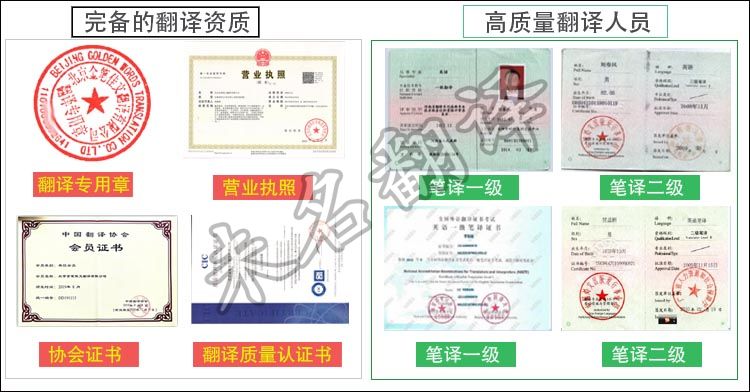As more and more students choose to study abroad, the demand for certified translation services for academic documents such as degree certificates and visas has been on the rise. In this article, we will discuss the importance of having your academic documents translated and certified for use abroad, and how to go about getting them professionally translated.
Why Translate and Certify Your Academic Documents?
Studying abroad can be a great opportunity for personal and academic growth. However, to have your qualifications and documents accepted by foreign institutions, they need to be translated into the language of the host country. This is particularly important for official documents such as academic transcripts, degrees, and visas, which need to be translated accurately and certified in order to be accepted.
Having your academic documents translated and certified can also help you avoid potential delays and problems related to the recognition of your qualifications by foreign universities or immigration authorities. Often, institutions require certified copies of academic documents as part of the application process. Failure to provide these documents could result in your application being rejected or delayed.
How to Get Your Academic Documents Translated and Certified
There are two main steps to getting your academic documents translated and certified: finding a professional translation service provider and ensuring that the translation is certified.
Finding a Professional Translation Service Provider
When it comes to translating academic documents, it’s important to choose a professional translation service provider that has experience translating academic documents and a team of qualified and certified translators. Look for translation companies that have a reputation for accuracy, impartiality, and confidentiality. These providers should also have a good track record of delivering high-quality translations on time and at a reasonable price.
Ensuring That the Translation Is Certified
Once you have found a professional translation service provider, you can proceed with getting your academic documents translated and certified. The certification process typically involves the following steps:
Step 1: Translation
The first step in the certification process is to translate your document into the target language. The translation should be accurate and faithful to the original document.
Step 2: Certification
Once the translation is complete, the translation service provider should certify that the translation is accurate and complete. This is typically done by adding a signed statement to the translation, attesting to the accuracy and completeness of the translation.
Step 3: Notarization
In some cases, depending on the requirements of the institution or authority receiving your academic documents, you may need to have the translation notarized. Notarization involves having a notary public certify that the translation is accurate and complete, and affixing their seal and signature to the certification.
Step 4: Apostille
Finally, if you’re planning to use your certified and translated academic documents abroad, you may need to have them authenticated with an apostille. This involves having your documents authenticated by the relevant government authority, and adding an apostille certification to the translated documents. This step ensures that your documents will be recognized as valid and authentic in the host country.
Conclusion
Having your academic documents translated and certified is an important step in ensuring that your qualifications are recognized and accepted by foreign universities and immigration authorities. By choosing a professional translation service provider and ensuring that the translation is certified, you can avoid delays and potential rejection of your application. If you’re planning to study abroad, be sure to have your academic documents translated and certified by a professional translation service provider.
<本文内容由未名翻译公司独创发布,可学习参考,如未经允许作商业用途,转载必究。>



